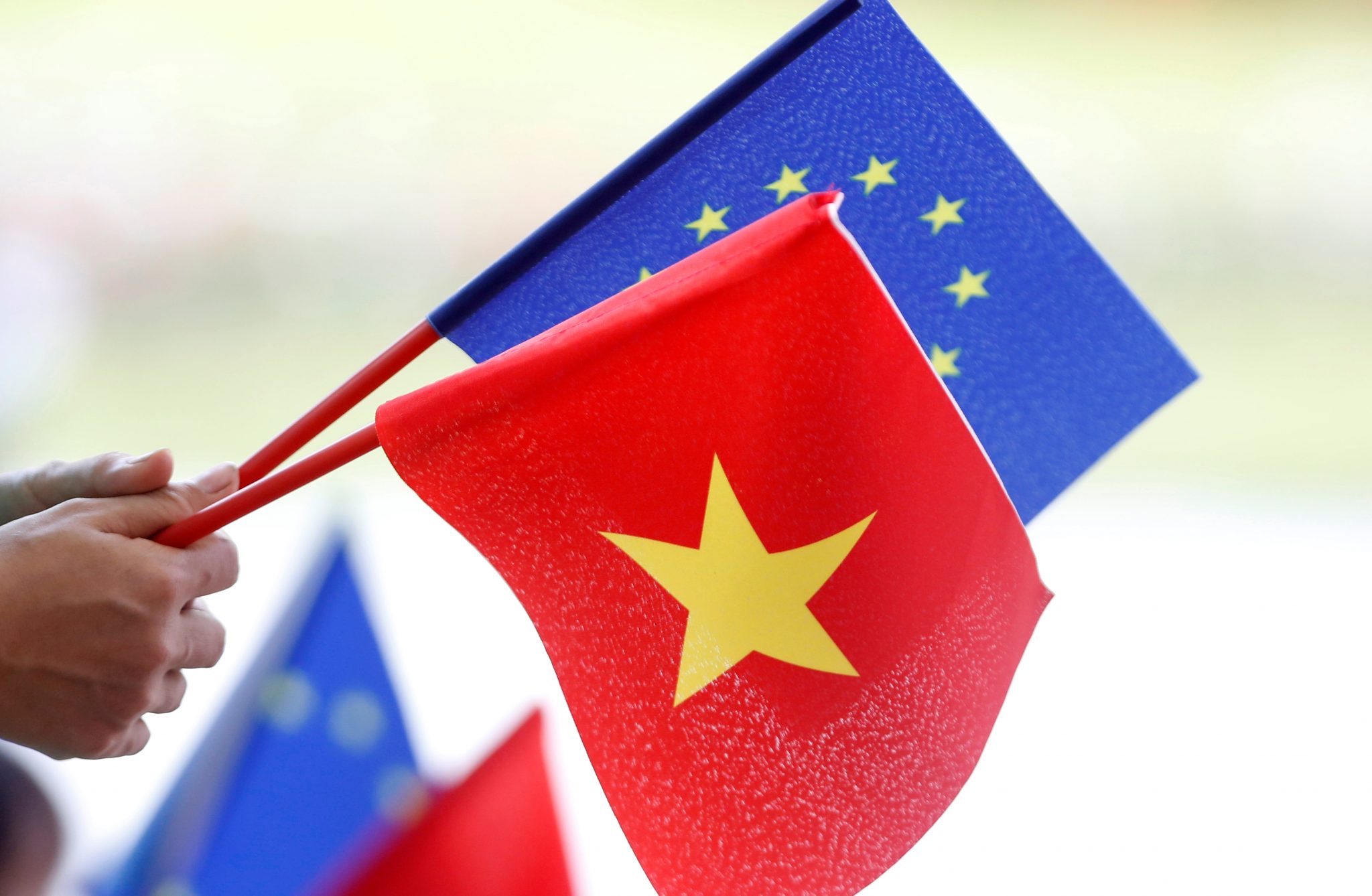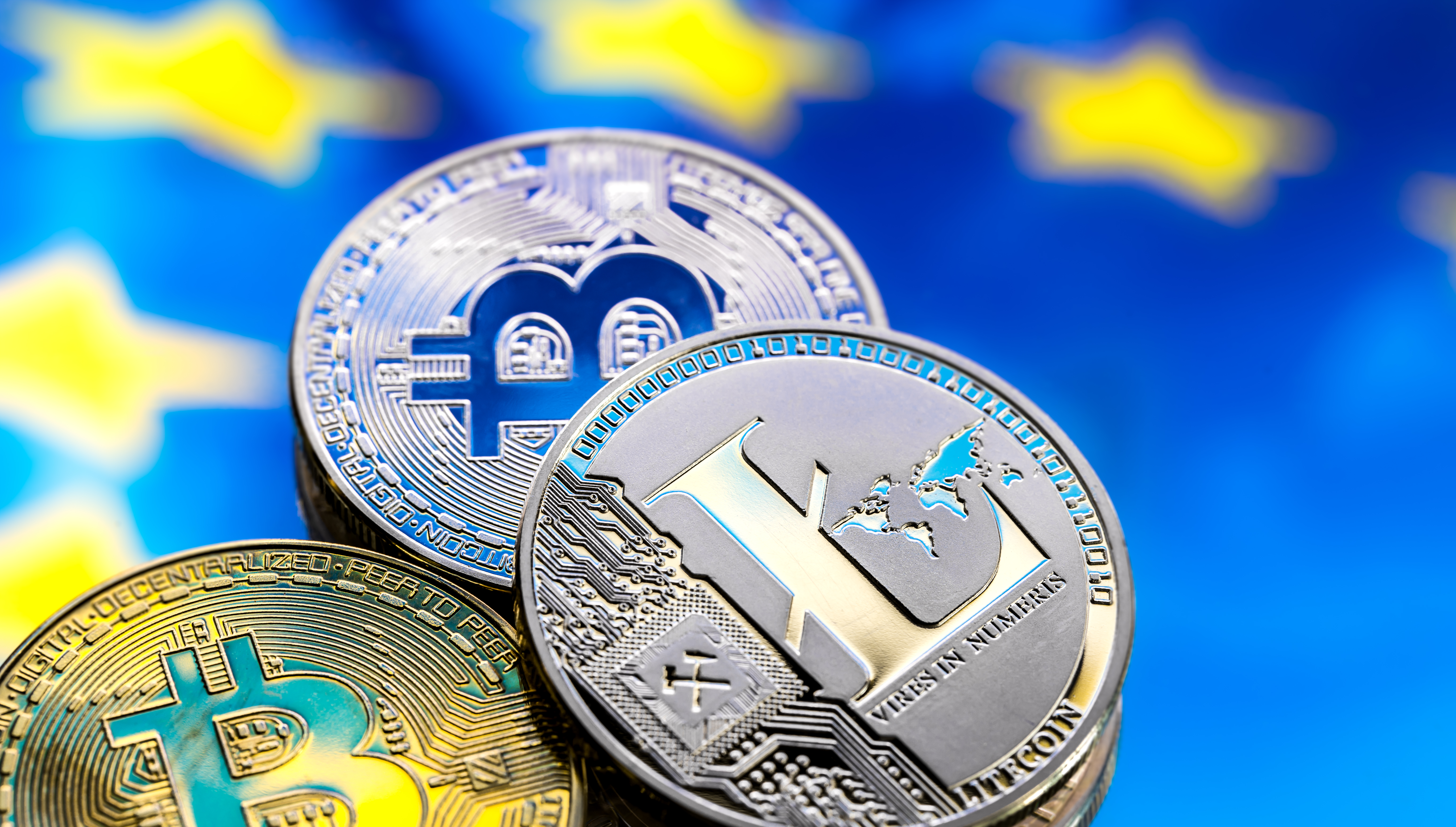Salesforce and AWS outlined a tighter partnership on agentic AI, citing rapid growth in enterprise agents and usage. They set four pillars for the ‘Agentic Enterprise’: unified data, interoperable agents, modernised contact centres and streamlined procurement via AWS Marketplace.
Data 360 ‘Zero Copy’ accesses Amazon Redshift without duplication, while Data 360 Clean Rooms integrate with AWS Clean Rooms for privacy-preserving collaboration. 1-800Accountant reports agents resolving most routine inquiries so human experts focus on higher-value work.
Agentforce supports open standards such as Model Context Protocol and Agent2Agent to coordinate multi-vendor agents. Pilots link Bedrock-based agents and Slack integrations that surface Quick Suite tools, with Anthropic and Amazon Nova models available inside Salesforce’s trust boundary.
Contact centres extend agentic workflows through Salesforce Contact Center with Amazon Connect, adding voice self-service plus real-time transcription and sentiment. Complex issues hand off to representatives with full context, and Toyota Motor North America plans automation for service tasks.
Procurement scales via AWS Marketplace, where Salesforce surpassed $2bn in lifetime sales across 30 countries. AgentExchange listings provide prebuilt, customisable agents and workflows, helping enterprises adopt agentic AI faster with governance and security intact.
Would you like to learn more about AI, tech, and digital diplomacy? If so, ask our Diplo chatbot!










